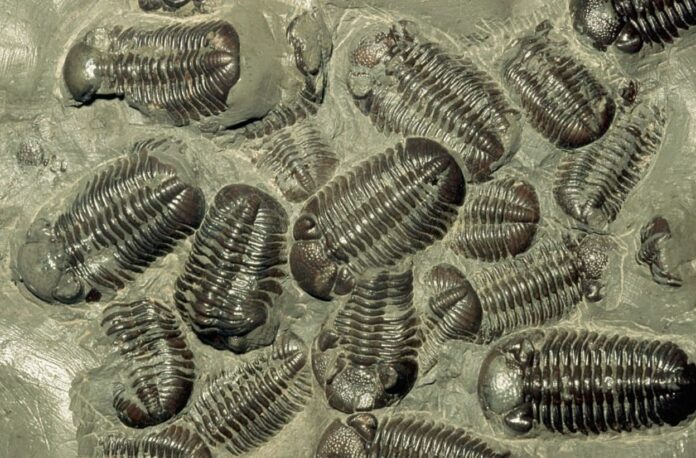For years, scientists puzzled over why trilobites lacked a distinct feature present in other arthropods, but an exciting discovery has resolved the mystery. Thanks to an unusually well-preserved fossil found in the Czech Republic in the 1800s, researchers from the UK and Germany have confirmed that prehistoric trilobites had a “third eye” located in the center of their foreheads. This unique feature, in addition to their pair of compound eyes, appears to have been present during their larval stage.
All arthropods, including arachnids, insects, crustaceans, and myriapods, possess median eyes. These are small cup eyes called “ocelli,” which can have lenses and resemble human eyes. The presence of median eyes is a defining characteristic of arthropods, a phylum of invertebrates that have segmented bodies, jointed appendages, and exoskeletons.
Despite the prevalence of median eyes in arthropods, researchers had never before discovered evidence of them in trilobites, which are prehistoric sea creatures that lived over 500 million years ago. Despite over a century of research, the absence of median eyes in trilobites had been a longstanding mystery among paleontologists.
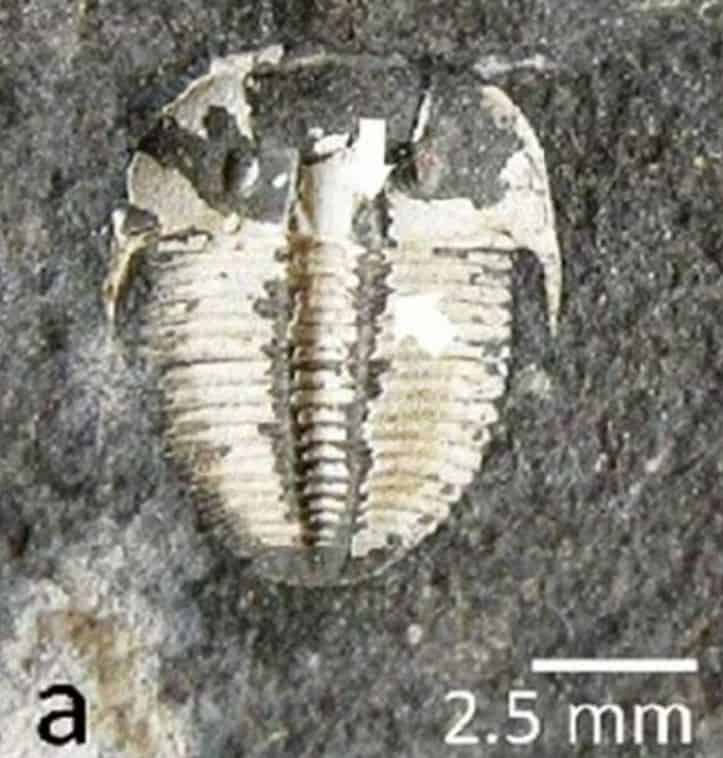
The University of Cologne’s Dr. Brigitte Schoenemann and the University of Edinburgh’s Professor Euan Clarkson have unveiled a new study in which they detail their findings on a fossil belonging to the Aulacopleura koninckii trilobite species. The fossil, which dates back to roughly 430 million years ago, was discovered near the village of Loděnice in 1846.
The distinctiveness of this specimen lies in the fact that a portion of its head had been scraped away, uncovering three nearly identical dark, oval spots on the trilobite’s forehead. The researchers observed that these structures were arranged parallel to each other and slightly diverged, exhibiting a smooth, clear outline and a consistent, dark color.
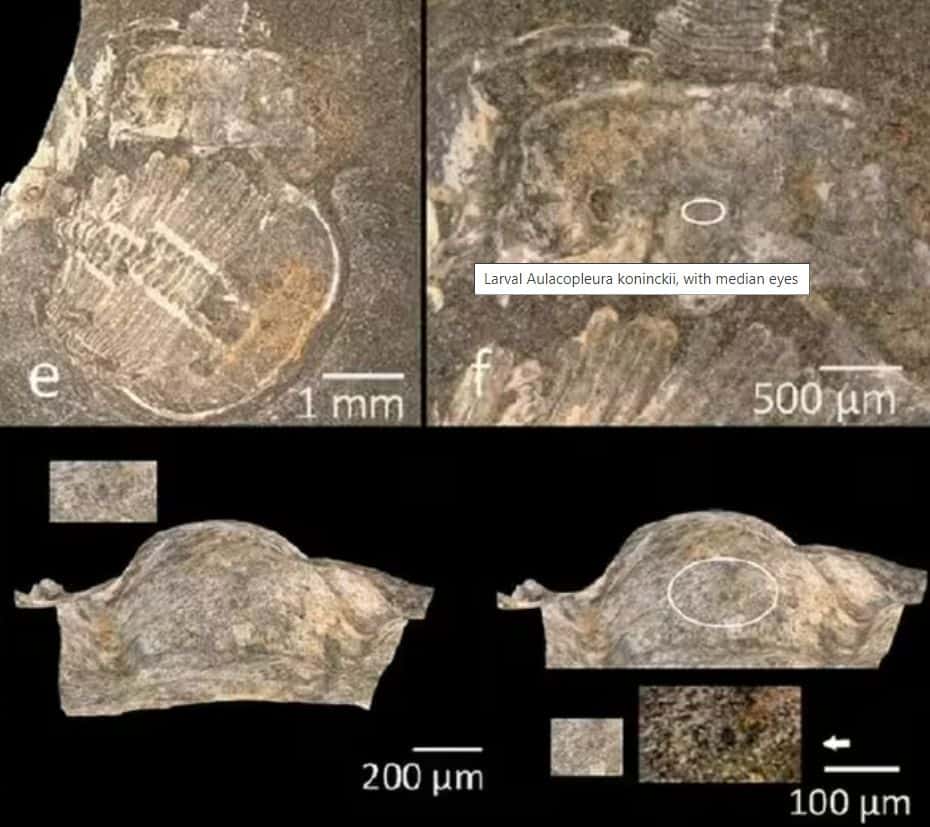
According to Dr. Schoenemann, the uniform and smooth appearance of the three dark spots indicates that they are not random patterns resulting from decay or fossilization. Instead, they likely represent the preserved remnants of simple median eyes with a pigment layer, which supports the idea that trilobites had these structures in their original form. The discovery of these eyes was only possible due to the slight damage to the fossil’s head, which exposed the structures that would otherwise have remained hidden.
According to the researchers, the eyes were situated beneath a likely thin and transparent carapace, which became opaque during fossilization. The team also pointed out that the median eyes were discovered in an early developmental stage of the specimen.
“Because they had never been observed before, one may assume that — as in crustaceans — it is quite possible that only the early developmental stages of trilobites possessed median eyes.
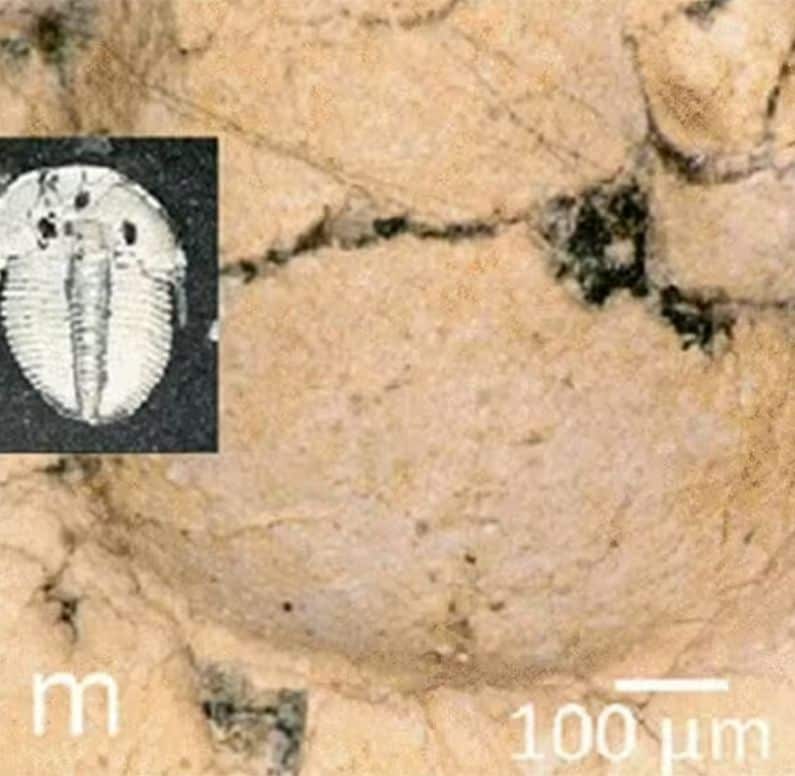
“Both explain why [the median eyes] have remained undiscovered until now.”
During their study, the paleontologists discovered three cup-shaped median eyes on Cyclopyge sibilla, a species of trilobite that lived approximately 450 million years ago in the Upper Ordovician period. Cyclopyge sibilla was a free-swimming or pelagic species. The median eyes were located on the glabella, which is the central area between the creature’s compound eyes.
“All of the presumed relicts of median eyes here consist of a group of about six cells with a central element, presumably a lens,” they write.
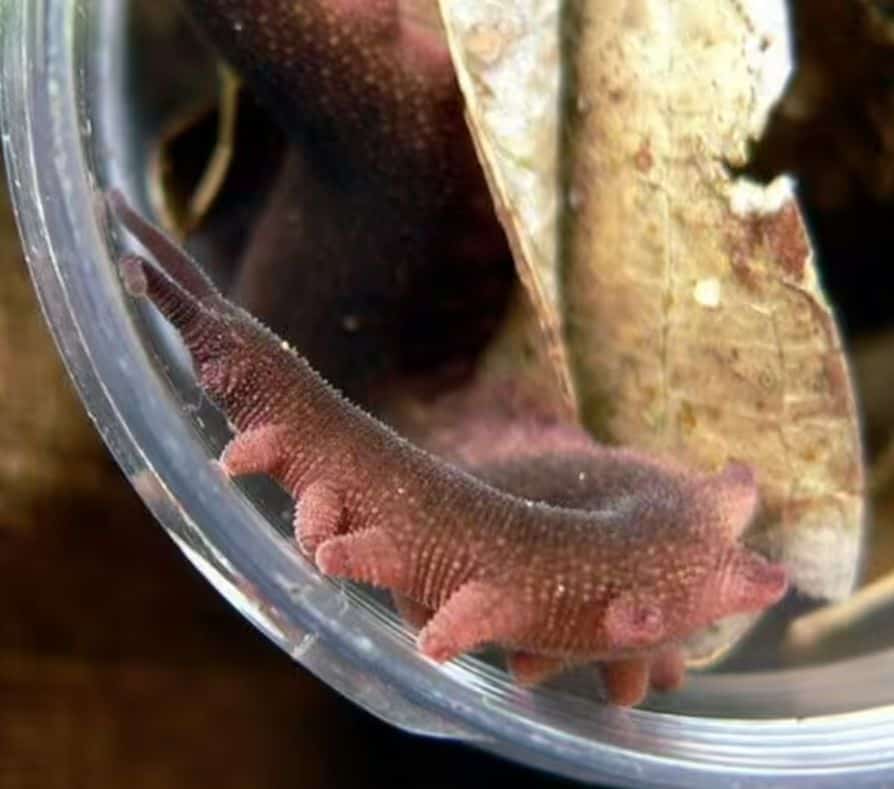
“So these median eyes of this pelagic trilobite seem to have been more complex than those of the benthic [bottom-dwelling] Aulacopleura sp., and probably had more distinct functions—perhaps similar to those of Limulus sp. [horseshoe crabs].
“Because the upper part of the specimen is covered by a part of a larger trilobite of the same species, it is reasonable to assume that the median eyes here pertain also to a larval stage.”
According to the researchers, median eyes have a significant presence in the evolutionary record, dating back over 500 million years.
Dr. Schoenemann clarified that these cup eyes have an evolutionary origin from the primitive stump-footed animals known as velvet worms, which are worm-like creatures with legs.
“The original number of median eyes is two, which present-day, very conservative arachnids still have.
“In phylogenetic, very primitive arthropods there are four; modern animals, such as insects and crustaceans, have only three.
“With the help of the number of median eyes in an arthropod, we now have an important tool to determine its position in the evolutionary tree.”
The study’s complete findings were published in the Scientific Reports journal.
Image Credit: Getty
